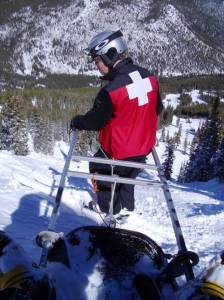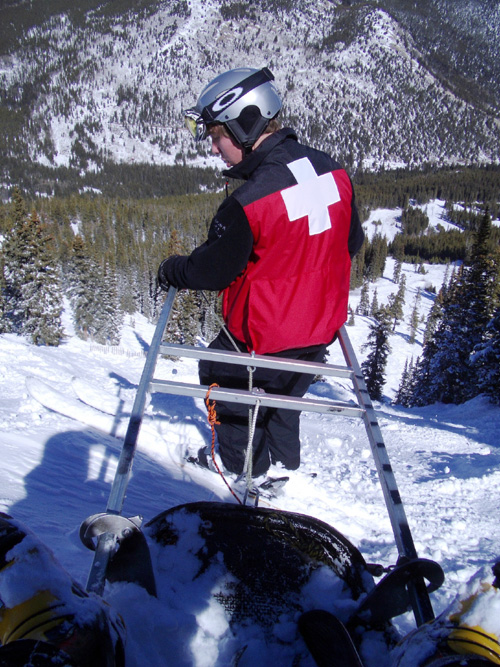Denver, CO – Injuries and fatalities from skiing and snowboarding in the U.S. have not declined, despite measures aimed at making these popular winter sports safer, according to two studies being presented in Denver this week at Scientific Assembly, the annual meeting of the American College of Emergency Physicians (ACEP).
 “Skiing and snowboarding-related head injuries requiring emergency care have increased at a higher rate than all other ski and snowboard injuries, despite an increase in helmet use,” said Mark Christensen, D.O., of Western Michigan University, a study author. “Males, snowboarders and teenagers are most likely to be injured.”
“Skiing and snowboarding-related head injuries requiring emergency care have increased at a higher rate than all other ski and snowboard injuries, despite an increase in helmet use,” said Mark Christensen, D.O., of Western Michigan University, a study author. “Males, snowboarders and teenagers are most likely to be injured.”
In 2004, there were an estimated 9,308 head injuries in the U.S. sustained while skiing or snowboarding that required emergency medical care. By 2010, that estimate had increased to 14,947 head injuries. The number of helmet users increased by over 20 percent between 2004 and 2010.
It was estimated that 60 percent of U.S. skiers and riders wore helmets during the 2010-11 winter and an even greater percentage did so in Canada a year earlier. The rise in helmet use may be attributed in part to awareness campaigns launched by the ski and snowboard industry, such as the “Lids On Kids” campaign from the National Ski Areas Association (NSAA). Some states and Canadian provinces have in recent years enacted or considered mandatory helmet laws, including California, New Jersey and Nova Scotia , and some resorts including Aspen/Snowmass have mandated helmet use for on-snow employees.
ACEP is the national medical specialty society representing emergency medicine, headquartered in Dallas, Texas.

